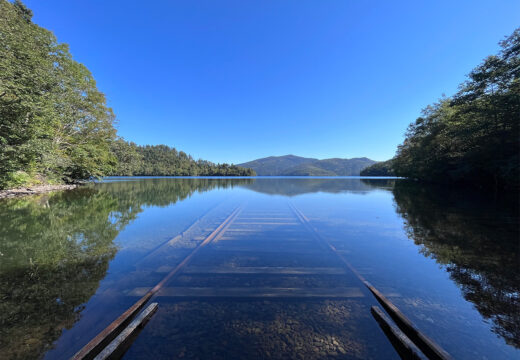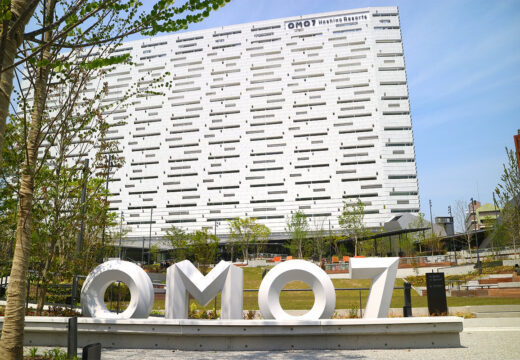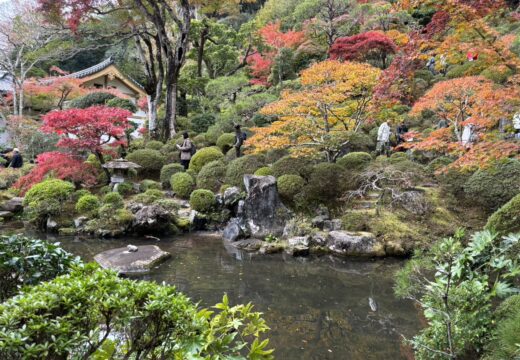Iwakuni City, where the rare wooden arch bridge “Kintai Bridge” is located
Category: Sightseeing
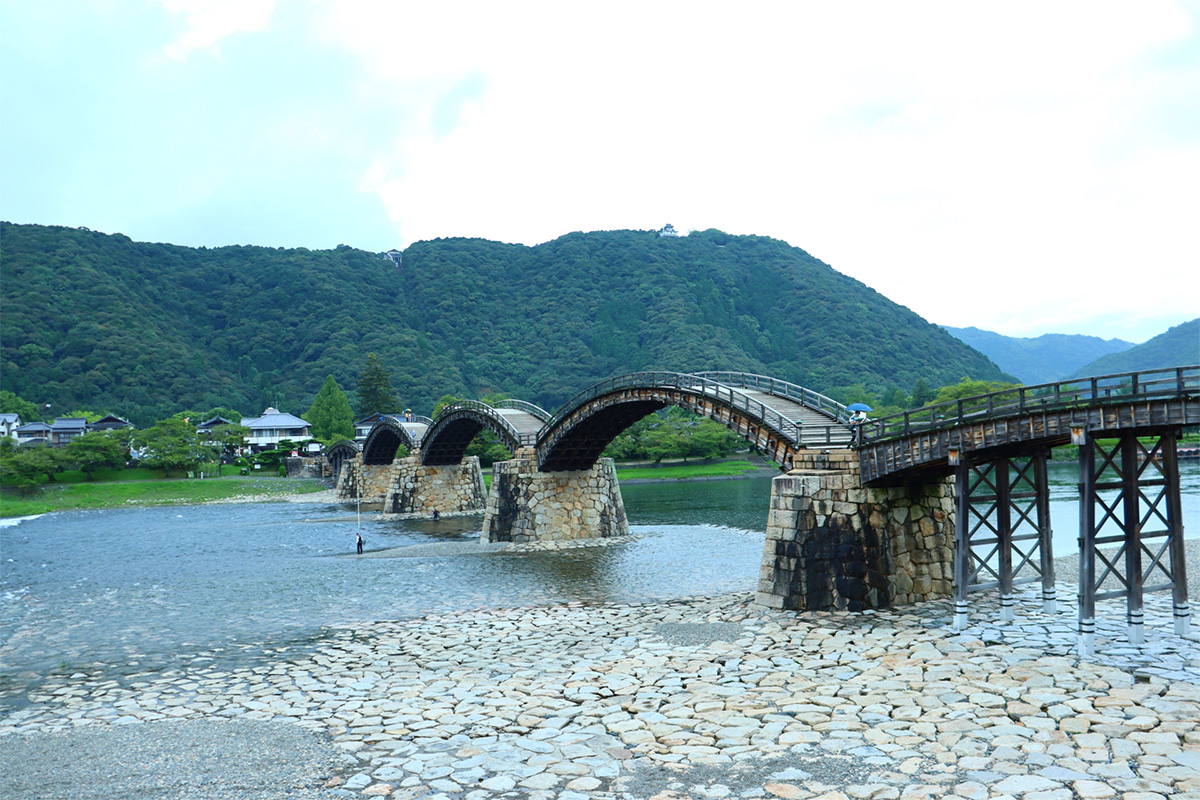
Kintai Bridge is an arched bridge over the Nishiki River in Iwakuni City, Yamaguchi Prefecture.
It is a bridge with a very long history and is one of the three most famous bridges in Japan and one of the three most bizarre bridges in the world.
In this blog, I will introduce the charm of this bridge, as well as spots and eateries in the area!
History and Overview of Kintai Bridge
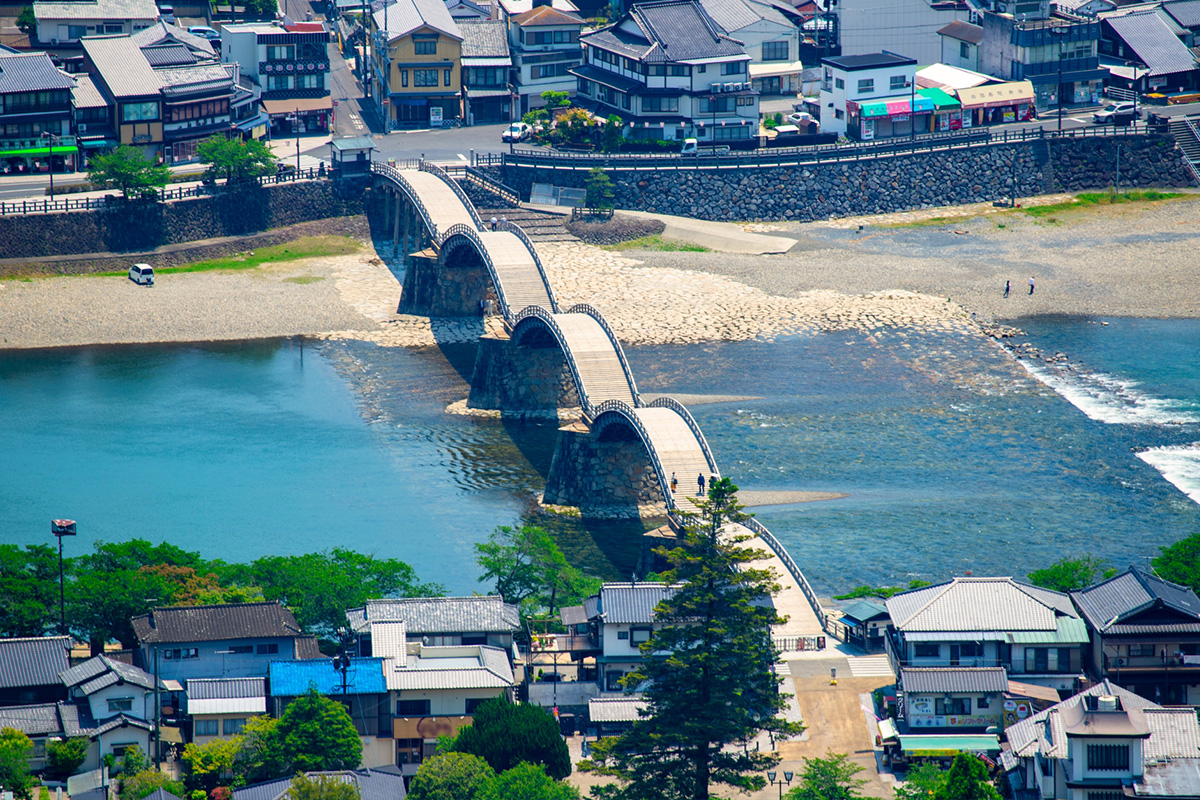
The bridge is 193.3 meters long and consists of five arches, the main structure of which is constructed using the braided wood technique, with not a single nail used.
The round and beautiful arch shape is known as a wooden bridge, which is rare in the world.
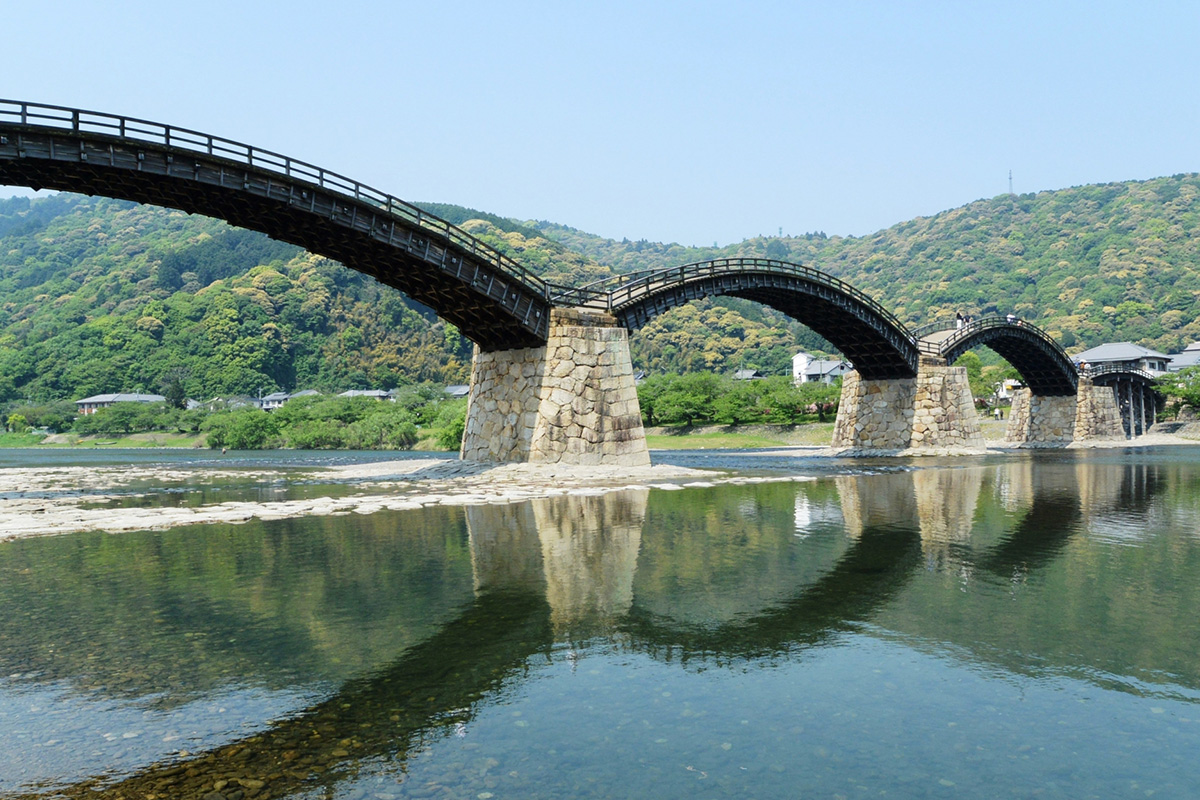
Its beginnings date back to 1673. Nearby was a castle called Iwakuni Castle. A bridge had been built many times to connect Iwakuni Castle and the castle town, but it was broken when the Nishiki River flooded.
The lords of the time set about building a bridge that could withstand flooding.
He came up with the idea that if the bridge legs were eliminated, it would not be washed away by floods, and asked a carpenter to survey the drawbridge.
However, the Nishiki River is 200 meters wide, making it difficult to build a drawbridge like those built over other rivers.
One day, a lord was eating Kakimochi (a snack-like food made of baked rice cakes) and saw that the Kakimochi was warped like a bow, which gave him the idea for the shape of the bridge.
A monk from China at the time told him about a six-arched bridge in China that ran along an island, and from there he came up with the basic idea for the Kintai Bridge.
After its completion in 1673, it was broken once, but was improved in 1674, and has remained without any leakage for more than 250 years since then.
The bridge has been renovated many times as the technology has been passed down. The timbers used are red pine, cypress, zelkova, chestnut, oak, and hiba.
The Kintai Bridge has been passed down through the generations of carpentry techniques, largely due to the fact that complete records of its restoration from the time of its construction to the present day are still available.
The toll booth operates from 8:00 am to 5:00 pm, but at other times, visitors cross the street by placing a fee in the fee box.
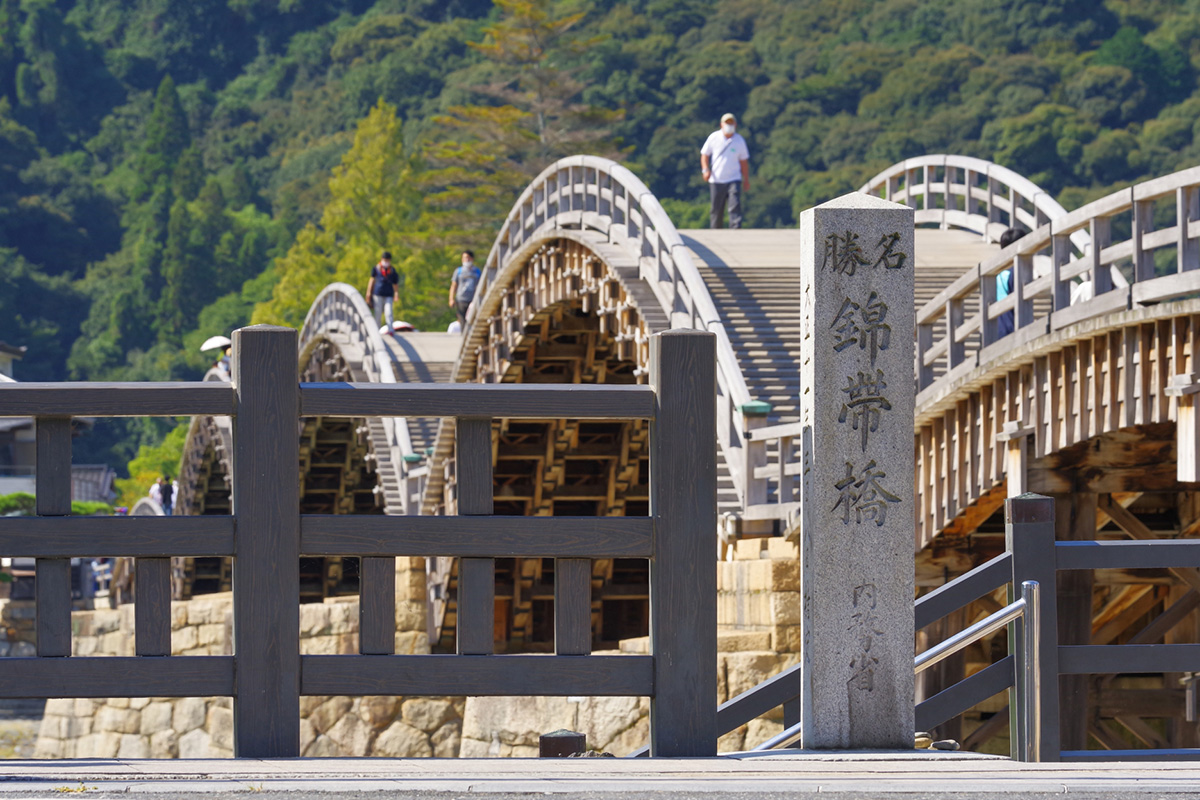
Highlights of Kintai Bridge
Kintai Bridge shows its beauty in various ways depending on the time of day and the season.
First, Kintai Bridge has been selected as one of the 100 best cherry blossom viewing spots.
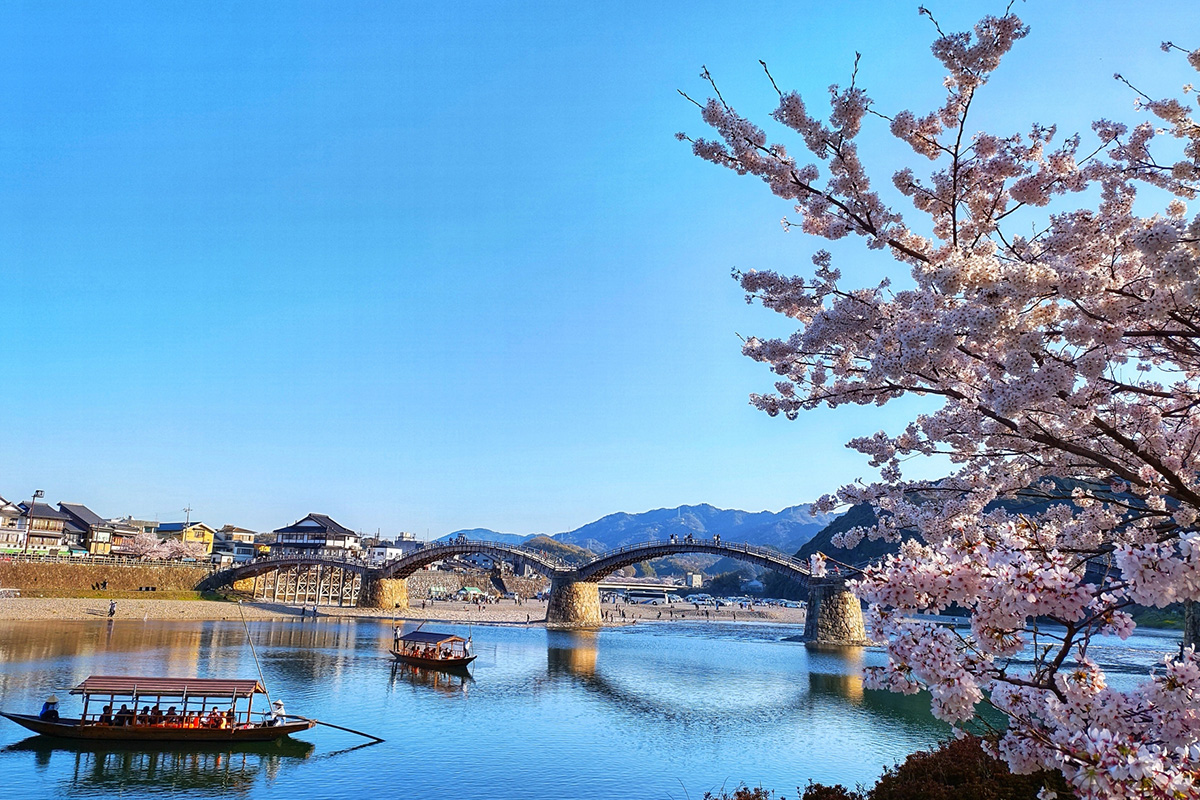
A park called Kikko Park is attached to the park, where 1,500 real cherry trees bloom. During the season, the park is lit up until around 10 p.m. and visitors can enjoy the cherry blossoms at night.
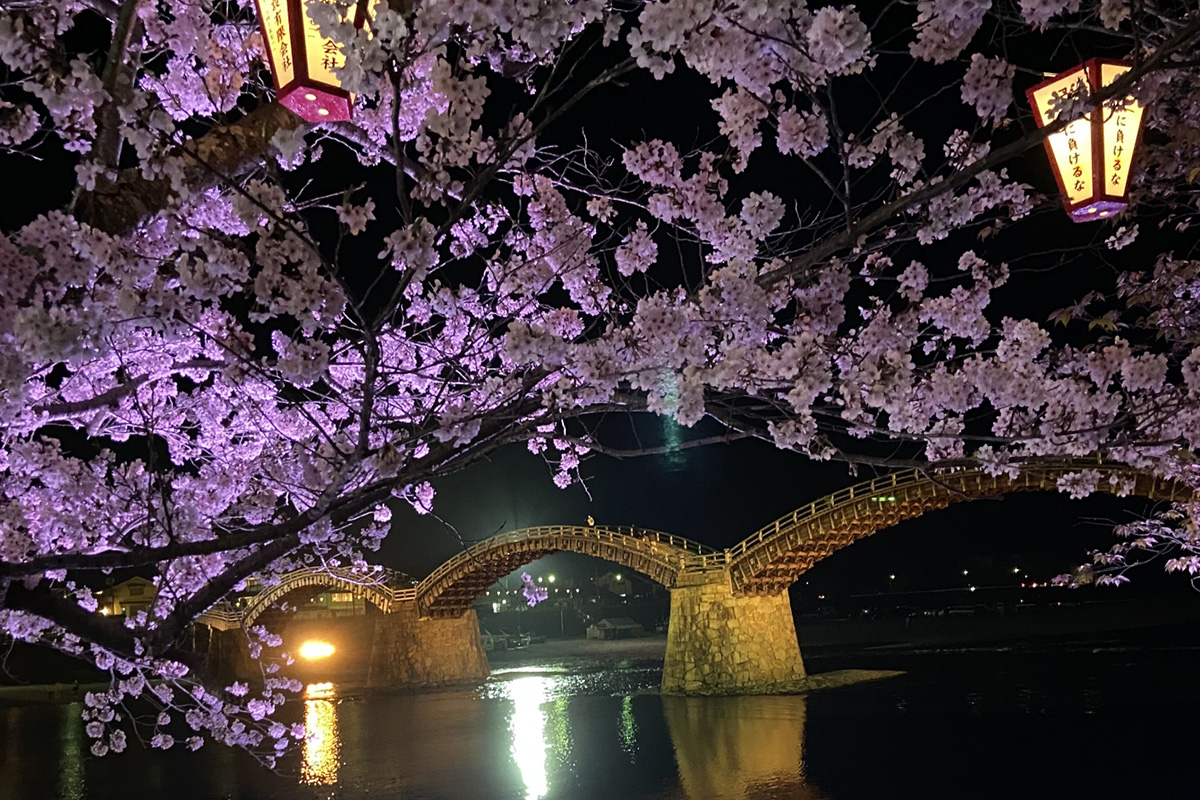
Then there is the Nishiki River, where the Kintai Bridge is located, famous for its “UKAI”.
UKAI is a fishing method that uses cormorants to catch ayu fish.On summer nights when the ayu fishing season opens, USHO (UKAI masters), who carry on the tradition, board boats and use cormorants to catch ayu.
It has a history of more than 400 years.

Kintai Bridge is also beautifully illuminated. It is very powerful!
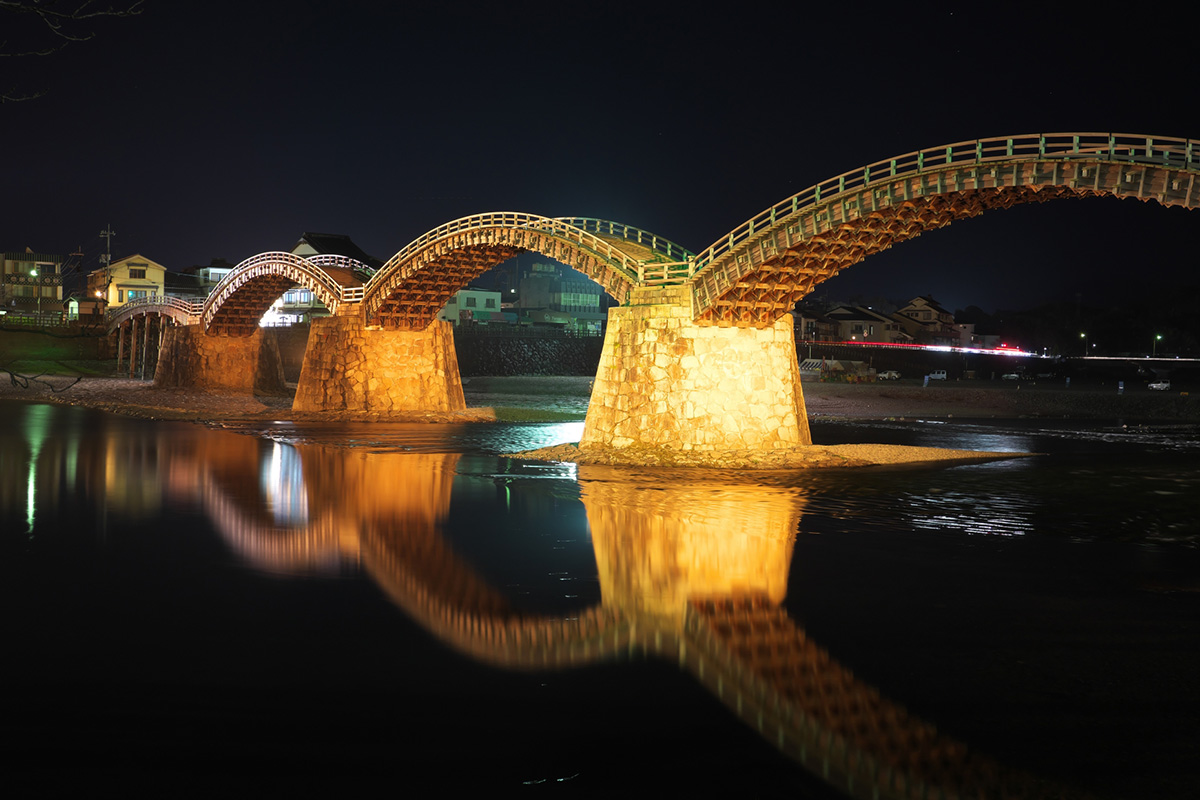
Tourist Attractions near Kintai Bridge
If you are going to Kintai Bridge, here are two tourist attractions you should mention together.
Iwakuni Castle
Iwakuni Castle, which was mentioned earlier in the Kintai Bridge story.
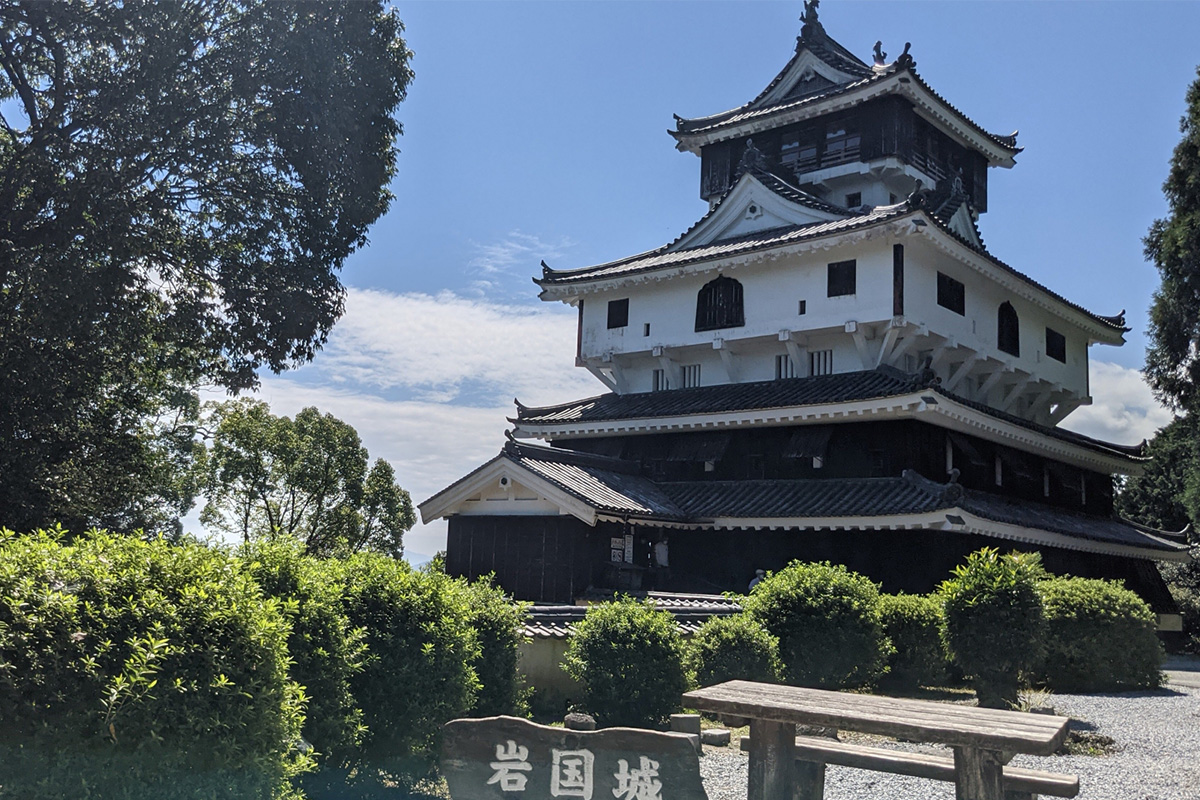
The castle was built in 1601 and abandoned in 1615, and was reconstructed in 1962 based on a pictorial drawing called a structural drawing.
Today, Kikko Park and the foot of the mountain where Iwakuni Castle is located are connected by a ropeway.

Iwakuni Shirohebi Shrine
Built in 2012, this wooden shrine has a stone statue of a snake and a white snake breeding area.By the way, Shirohebi means white snake.
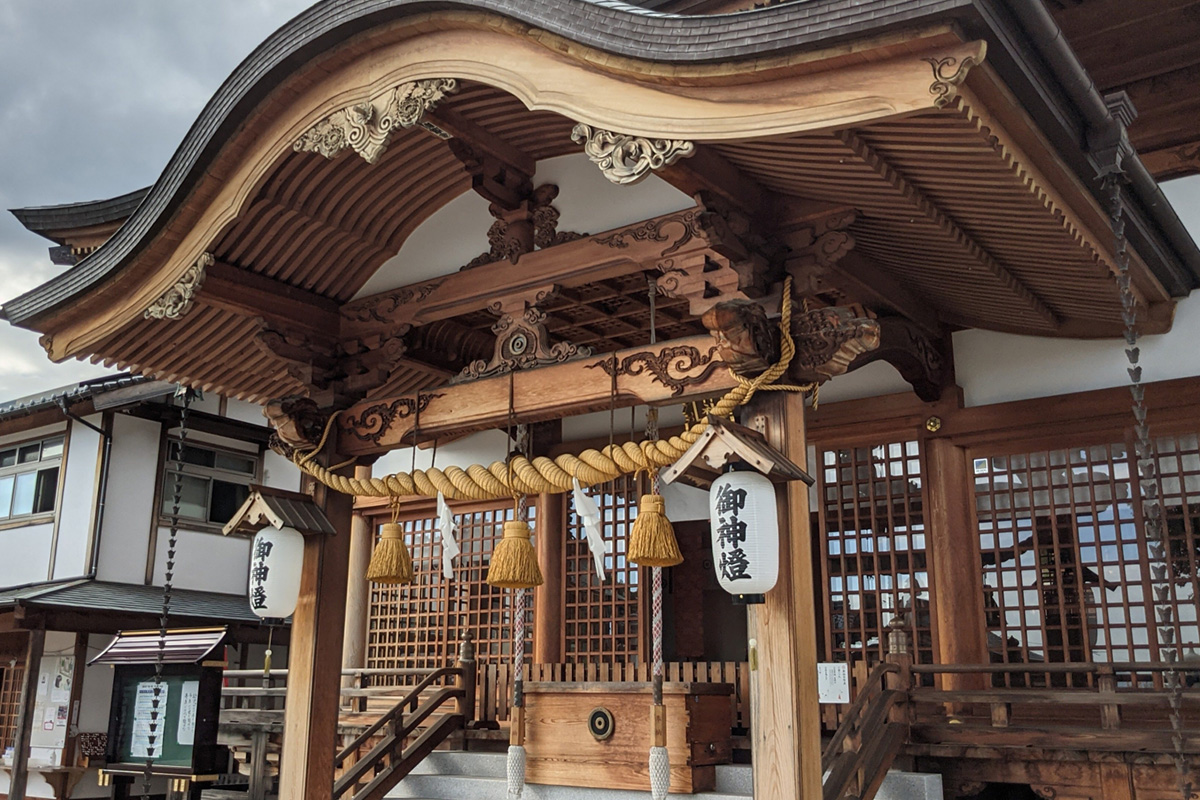
The reason for the white snake is that since ancient times, Japanese people have regarded the white animal as sacred, as an incarnation of the gods. In Iwakuni City, there is a history that white snakes have inhabited the area for more than 300 years, and shrines dedicated to them were built in various places in Iwakuni City.
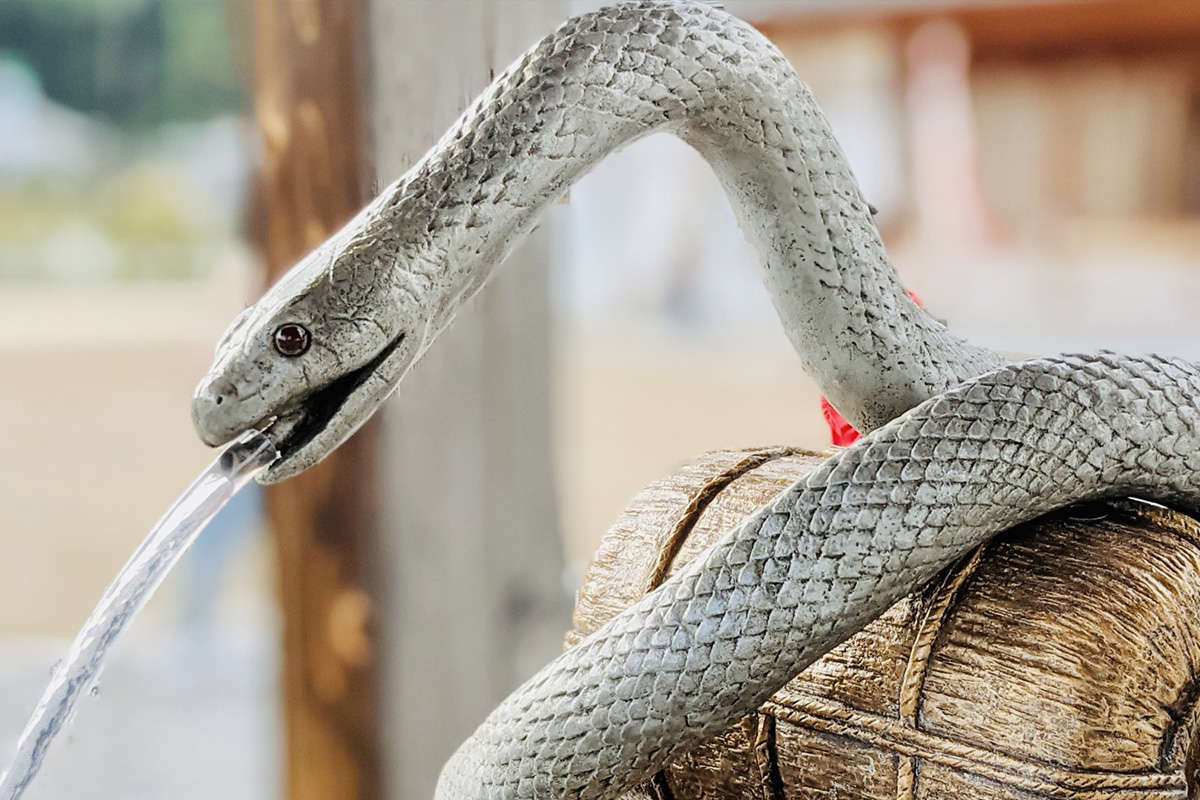
Gourmet food around Iwakuni City
Finally, here are two gourmet foods that you should try when you come here.
Iwakuni Sushi
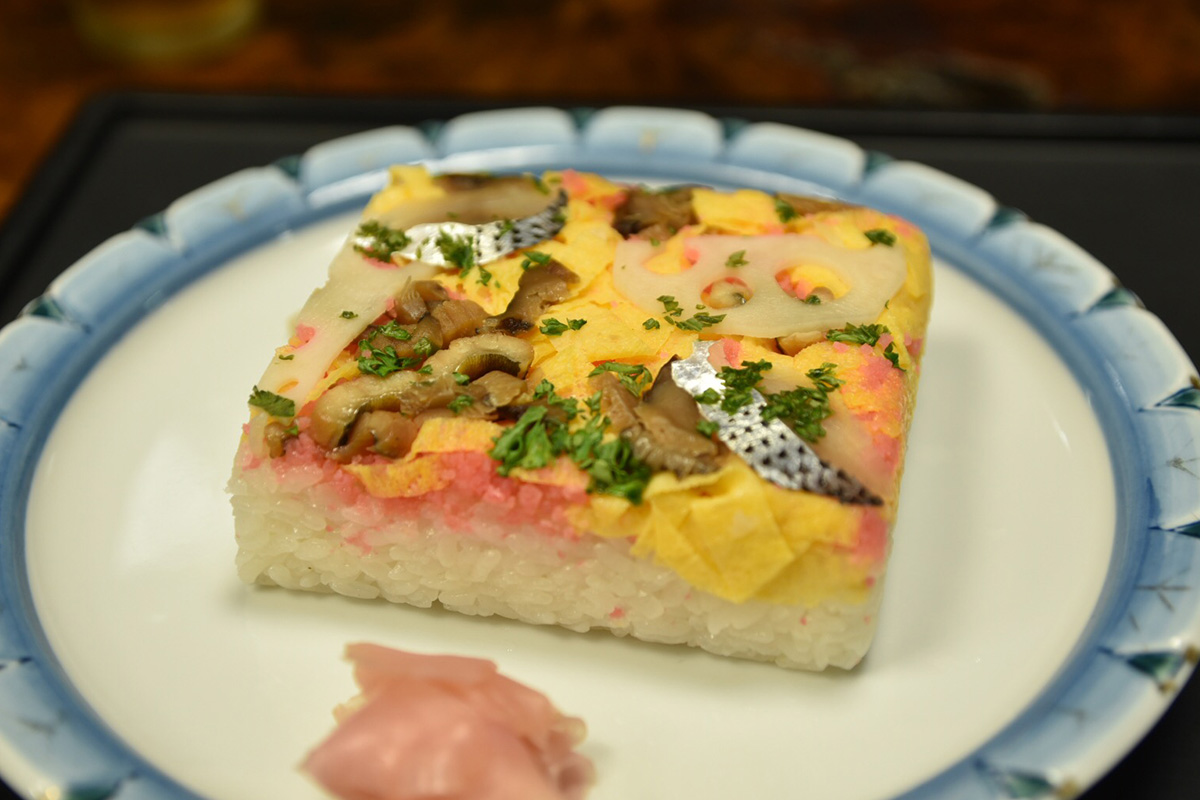
It is a local dish made around this area, and there is a theory that it was once a preserved food made by the lord of a castle in preparation for a battle, which then spread to the townspeople.
It is made by placing sushi rice, vegetables, lotus root, shiitake mushrooms, and eggs on a large wooden frame, layering them on top of each other, and then pressing them together for a while with a heavy stone.
In Iwakuni, it is said to be an essential traditional dish for celebrations where people gather. Shrimp or fish are sometimes placed on top at the end, and it looks gorgeous and beautiful.
Kawara Soba
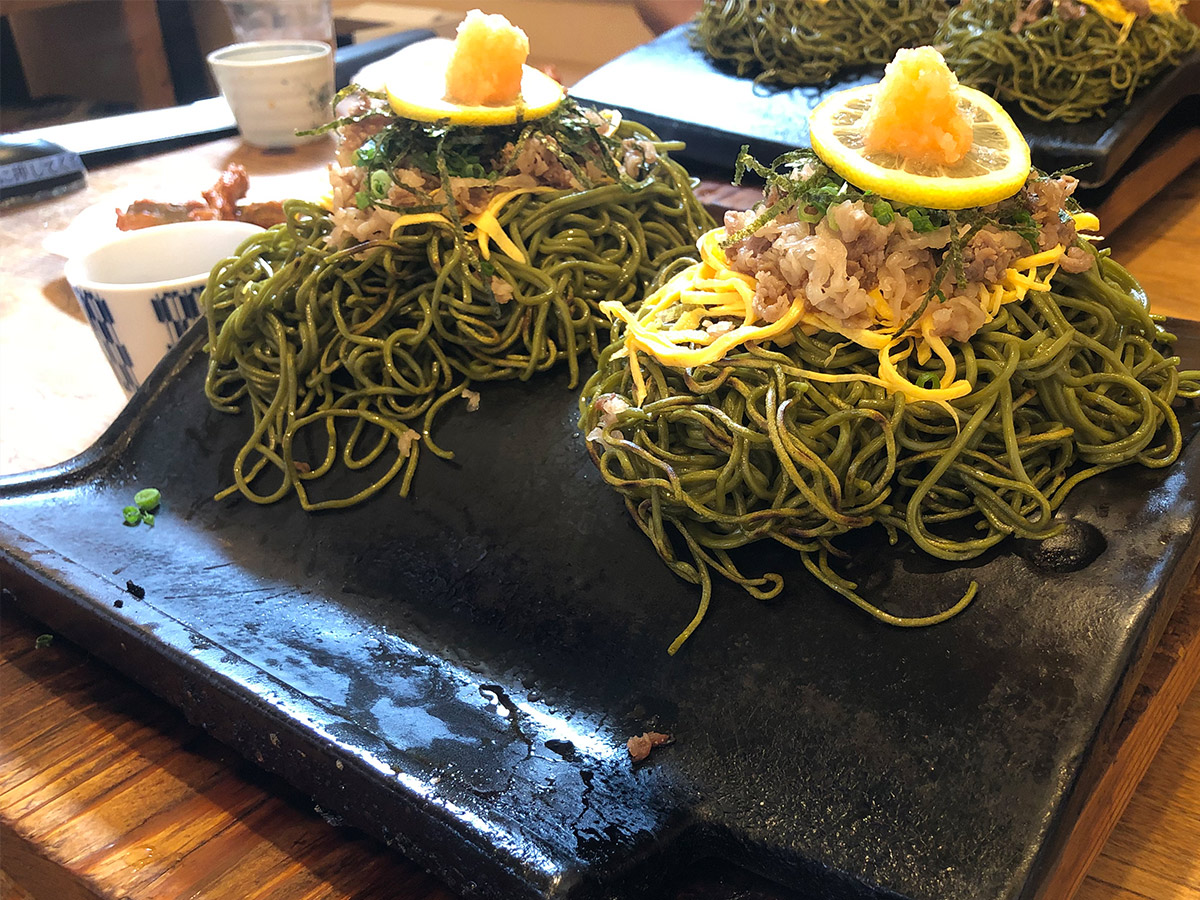
It is a local dish that developed mainly in Shimonoseki City, Yamaguchi Prefecture.
The tea soba and other ingredients are placed on top of the hot kawara tile and eaten with warm men-tsuyu (Japanese noodle soup).The noodles become a bit crispy and interesting.
The dish was originally developed by ryokan people in 1961 as a specialty for their guests, based on the idea of using tiles to eat wild plants and meat between field battles in the war around 1877.
A city where old Japanese technology remains. Why was this bridge built and what was done on this river? You may find something new and interesting if you cross the river while thinking about why this bridge was built and what was being done on this river.


